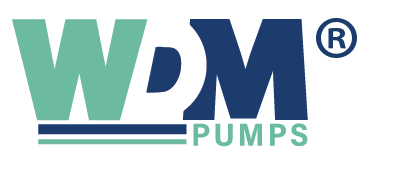The electricity generated by photovoltaic solar panels pollutes and inexhaustible, thus contributing to sustainable development. That is why Barnes de Colombia has developed this technology to minimize consumption in households, Commerce, rural areas and industries generating sustainability to maximize the quality of life of people, exploiting the full potential of renewable energy sources. further, Barnes de Colombia – WDM Pumps implement solar energy in its pumps and pressure systems, complete solution from access to energy through a friendly solution medium to the enjoyment of the water resource. This type of energy can be consumed in isolated places where there is no conventional grid.
Solar energy produces no emissions while generating. Carbon footprint throughout the lifecycle of a solar system is much lower than that of fossil fuels. Emissions of carbon dioxide (CO2) of the biological cycle on photovoltaics are currently between 25 Y 32 g/kWh. comparatively, a power plant fueled combined cycle gas emits 400 g/kWh, while a central combustion of coal with carbon capture and storage, It is situated around 200 g/kWh.
Costs in rates
A solar panels to generate, power consumption is reduced network, and consequently a significant monetary savings is obtained.
The energy bill indicates a "variable unit cost ($/Kwh) It is having a component of cost of generation, a component transmission, one of distribution, one of marketing and losses. That variable cost multiplies consumption and as a result is the total monthly cost is canceled.
Photovoltaic solar energy generated can be fed into the grid, and when the self-generation is exceeding the amount of energy that was received from the network, calculating your fee paid to the network operator, It is based on the energy exchange (network consumed and generated).
If the system is isolated from the network, the cost of energy will be the cost of investment in equipment, transportation and installation of the system, operation and maintenance.
Return on Investment
To calculate the profit of those who invest after a period of time, it is important to know all the variables: from the costs and benefits to saving and time. However you will see a considerable difference in the following example: In a project sold under EPC, which means that the company designs installation, acquires the equipment and materials, and is responsible for the implementation of the whole work, It should take into account the total value of investment to make and divide the savings to be obtained over the lifetime of the solar plant, estimated the amount of energy that, during the 25 years of useful life approximately the photovoltaic system will generate. Of course, For a more detailed estimate is required to make a financial analysis in depth, but, normally, and taking into account the tax benefits, a company can see the return on investment on average 5 O 7 years.
Barnes of Colombia explores the potential of renewable energy sources in distributed to provide a complete solution, including providing photovoltaic modules, Sting investors or investors Centralizados, up transformers, boards, MT cells and substations, plus all the software engineering and application integration, either for Solar Plants Distributed Generation applications or industries, commercial or residential sector.
Colombian regulation and its contribution
The law 1715 from 2014 includes tax benefits, tariff, accounting, that apply to importers, investors, Project developers, users, among others. These benefits are summarized in 4 categories:
Deduction on income tax
Accelerated depreciation
Excluding VAT Tax
Exemption from tariffs.
In the forthcoming International Fair ExpoConstrucción and Expodiseño 2019, which will be held in the 14 al 19 May in Corferias, WDM Colombia- Barnes Pumps will be present with the latest technology to generate energy using photovoltaic solar panels in operation.
